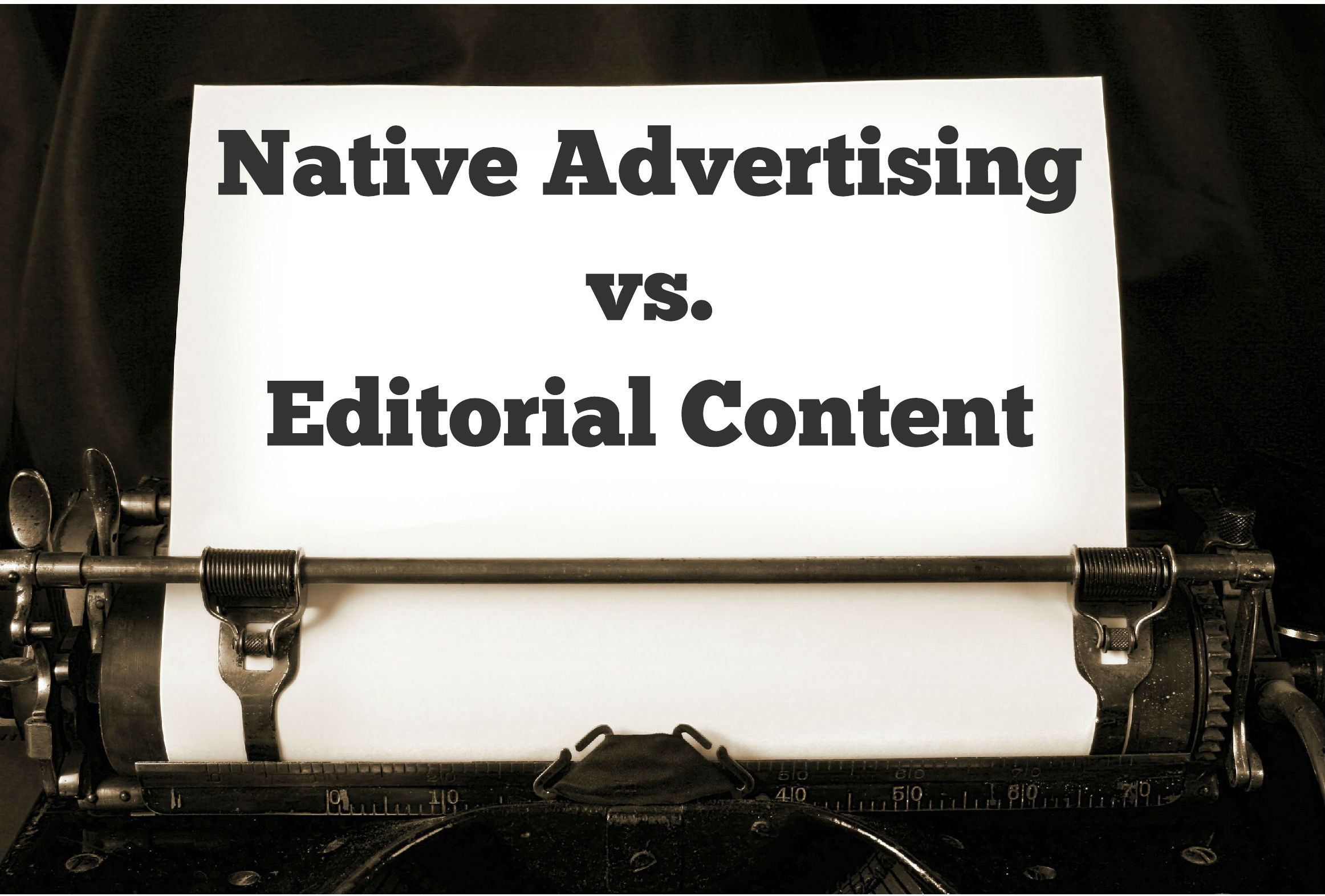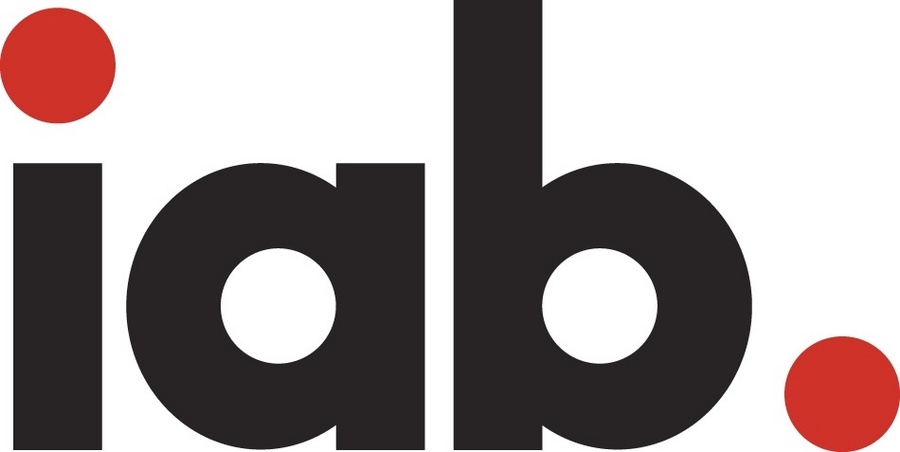![]()
NEW YORK, NY–(Marketwired – December 18, 2014) – Adiant, owner of Adblade the largest content style native ad exchange on the web and IndustryBrains, released findings from several native advertising online surveys that they conducted. As a follow-up to their recent participation in the IAB’s Native Disclosure Workshop held in New York City on December 4th, Adiant shared the results from surveys asking consumers to identify various advertising and content widgets as advertisements or editorially recommended content. Over two hundred and twenty highly educated, web savvy consumers reviewed the images and were given the same question and answer choices throughout the survey. The only differentiator for each of the questions was the content recommendation widget shown. All consumers were instructed to answer if the images were one of the following: Advertisements, Articles that Paid to be promoted by the Website, Articles Recommended by the Website’s Editors, or that they didn’t know.
When the widgets had no disclosures above the units, or if the large text above the units was labeled with wording like “From Around the Web,” “Recommended for You” or “You May Like,” 30%-40% of consumers either didn’t know what the unit was or mistakenly thought the ads in the units were recommended by the website’s editors, leading them to believe it was editorial content.
On the other hand when the widget shown had the disclosure above the unit in large font and was labeled as “Offers and Articles,” the number of consumers that thought it was editorial content significantly decreased to about 10% to 15%.
“Disclosures remain an important issue to companies in our industry and even though consumers are becoming increasingly savvy, it is still up to us to make sure consumers know what type of information they are consuming,” said Ash Nashed, Adiant’s CEO.
While it is encouraging that the majority of consumers correctly identified paid units as being paid promotion or as outright advertising, there is evidence that labeling the advertising widgets with language that clearly indicates that it is advertising further reduces any misconception that consumers may have about the units. You may view the full survey results here.
About Adiant
Adiant (www.adiant.com) is a digital media technology company whose mission it is to deliver the most innovative advertising solutions to quality publishers and advertisers. Adiant’s brands, Adblade and IndustryBrains, have been engineered from the ground up to offer both immediate and long-term sustained value with a high level of customer service. Adblade is largest content style native ad exchange on the web and reaches more than 550 Million monthly uniques in the United States. Founded in 2008, the company is headquartered in Somerville, NJ and has offices in New York City and Buffalo, NY.


